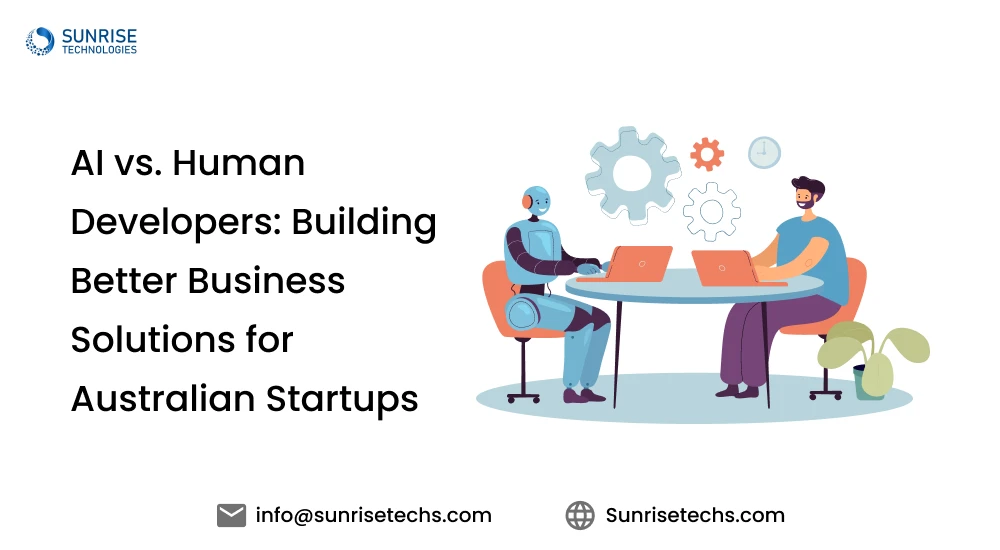
AI vs Human Developers: Building Better Business Solutions for Australian Startups
Oct 7, 2025
Australian startups are building at breakneck speed. With AI copilots, code generators, and “build-an-app-with-AI” tools everywhere, it’s natural to wonder: Do we still need human developers? If AI can write code, draft UX copy, and wire up a database, why spend on an engineering team?
Here’s the truth we see daily at Sunrise Technologies—an AI development company based in Australia: AI tools are fantastic accelerants, but they don’t replace human problem-solving, product thinking, engineering judgment, or accountability. The companies that scale aren’t “AI-only.” They’re human-led, AI-powered. In this deep dive, we’ll compare AI vs. human developers, answer the exact questions Australian founders ask us, and show when to hire AI developers (and when a tool is enough).
The Rise of AI Tools in Startup Ecosystem
Why Founders Love AI Tools
- Ship prototypes in days, not weeks.
- Reduce repetitive coding and boilerplate.
- Get instant help with unfamiliar stacks.
- Lower early-stage costs.
Where These Tools Stall in Real Products
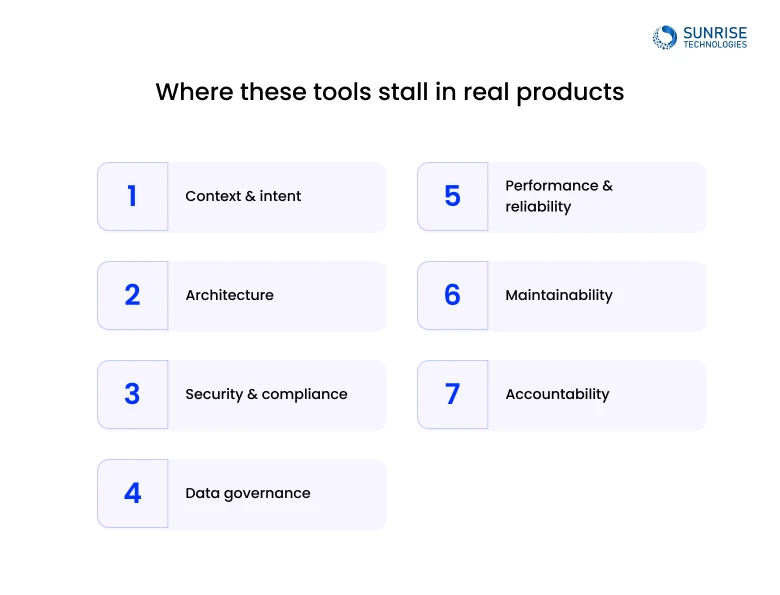
- Context & Intent: Tools can’t infer your unique business rules or messy real-world constraints.
- Architecture: Choosing the right pattern (modular monolith vs. microservices), data models, and integration strategy is a human judgment call.
- Security & Compliance: Australia’s Privacy Act 1988, OAIC guidelines, PCI DSS for payments, and sector standards (health, finance) aren’t “autofilled.”
- Data Governance: Handling PII, consent, retention, auditing, and model safety (hallucinations, toxicity, bias) needs explicit controls.
- Performance & Reliability: SLOs, error budgets, capacity planning, load testing—tools won’t set or own these.
- Maintainability: Vetted dependencies, idiomatic code, docs, CI/CD, observability—your future team needs to live with this.
- Accountability: When something breaks in production, you can’t escalate a prompt.
Conclusion: AI tools accelerate delivery. Human AI developers ensure delivery.
- AI tools are brilliant for drafts, boilerplate, and speed—but they don’t handle architecture, edge cases, compliance, security, performance, and ownership.
- Human AI developers turn ideas into production-grade, secure, scalable products with clear roadmaps, robust testing, and responsible AI.
- Best practice is not AI vs. human—it’s AI + human: expert teams using AI copilots, automated testing, and MLOps to ship faster without compromising quality.
Watch AI agents, chatbots, and document automation working on real Australian use cases.
Do Australian startups need human developers if they use AI tools?
Yes, If you’re building anything customers will rely on (payments, logistics, healthcare scheduling, marketplaces, learning platforms), you need humans to:
- Translate business intent into robust product requirements.
- Design the architecture that survives real traffic and future iterations.
- Decide trade-offs (speed vs. correctness, cost vs. latency).
- Protect customers and brand with secure-by-design practices.
- Own outcomes—from roadmap to post-launch support.
When a Tool Might Be Enough Right Now
- Internal prototypes to validate an idea.
- Static marketing sites or throwaway demos.
- One-off automations with low risk.
When to Bring in Human AI Developers (Us)
- You need production-grade quality.
- Data is sensitive (payments, health, identity).
- You need custom integrations (Xero/MYOB, Stripe, Salesforce, NetSuite, IoT).
- You’re planning for scale and a multi-year runway.
Can AI generate production-ready code for Australian startups?
AI can generate useful code, not production-ready systems. Production-grade means:
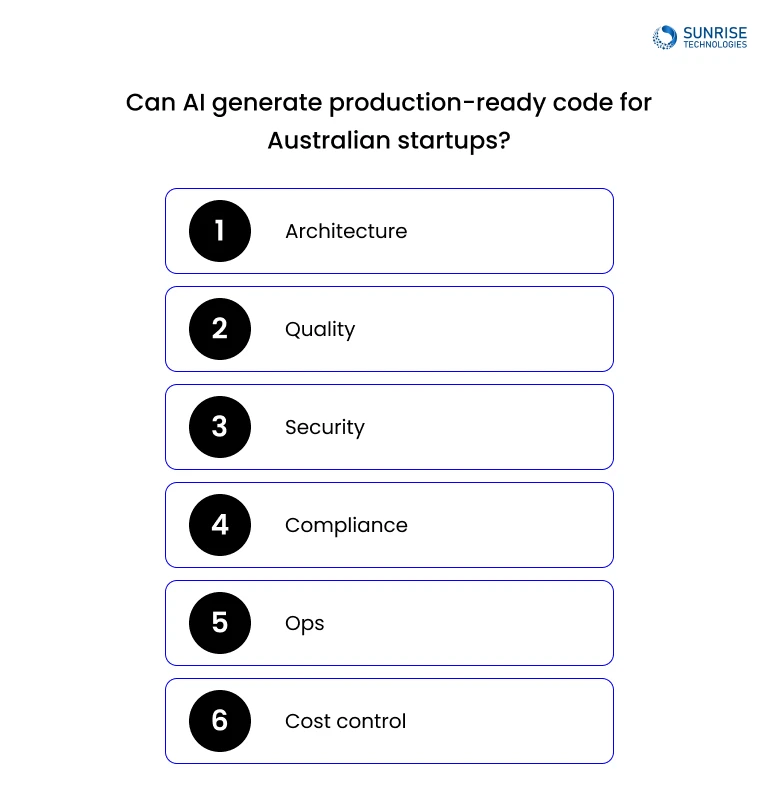
- Architecture: Boundaries, patterns, and a strategy to evolve.
- Quality: Test pyramid (unit/integration/e2e), contract tests, regression safety nets.
- Security: AuthN/AuthZ, secret handling, least privilege IAM, secure data flows, OWASP Top 10 mitigations.
- Compliance: Logging, auditing, consent, data residency, encryption in transit/at rest.
- Ops: CI/CD pipelines, infra-as-code, rollbacks, blue/green, observability (metrics, traces, logs).
- Cost Control: FinOps guardrails for LLM usage (token budgets, caching, model routing).
AI code generators don’t own these; human AI engineers do. That’s why companies that scale treat AI as a copilot — not the pilot.
Why human developers are crucial—especially for AI projects
What expert AI developers (AI engineers) add that tools can’t:
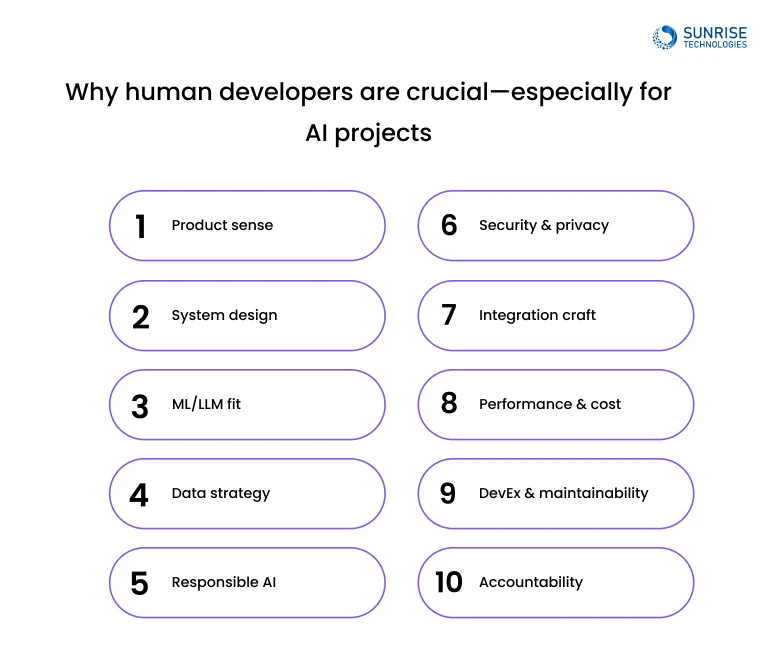
- Product Sense: Align features with revenue and adoption curves.
- System Design: Choose the right architecture now and design for change later.
- ML/LLM Fit: Decide whether you need classic ML, rules, a fine-tuned LLM, retrieval-augmented generation (RAG), or a hybrid.
- Data Strategy: Instrument events, build the “data flywheel,” and improve models over time.
- Responsible AI: Guardrails, human-in-the-loop review, red-teaming prompts, safety policies.
- Security & Privacy: Threat modeling, model privacy (no sensitive prompts leaking to vendors), auditability.
- Integration Craft: ERP/CRM/accounting/identity providers, legacy systems, data lakes/warehouses.
- Performance & Cost: Token optimization, latency control, model routing (GPT-class vs. small local models), caching.
- DevEx & Maintainability: Clear repos, modular services, documentation, handover readiness.
- Accountability: SLAs, incident response, and real human ownership.
Tools help you write code. AI development services deliver a business.
When should Australian SMEs hire AI developers instead of just using AI tools?
Hire AI Experts in Australia When:
- Customer data or payments are involved.
- You need on-prem or VPC deployments for data residency.
- You require multi-tenant SaaS with role-based access.
- There’s mission-critical automation (compliance, ops, risk).
- You need analytics & reporting (governed, auditable).
- Your roadmap includes mobile + web + back-office cohesion.
- You want to future-proof (model swap, vendor neutrality).
Use Tools First When:
- You’re pre-validation and just need a demo.
- The workflow is non-critical and low risk.
- You have in-house engineers to refactor later.
What questions should you ask before hiring an AI developer in Australia?
Use this checklist during vendor interviews (keep it!):
1. Strategy & Experience
- Have you shipped production AI systems (not just POCs)? Examples?
- Which industries do you specialise in (FinTech, HealthTech, eCommerce, Logistics, Media)?
- How do you align features with commercial goals and time-to-value?
2. Architecture & MLOps
- What’s your approach to model selection (proprietary vs. open-source)?
- How do you implement RAG, vector databases, and prompt/version control?
- Describe your CI/CD for data and models (feature stores, model registries, canary releases).
3. Security, Privacy, Compliance
- How do you meet Australian privacy requirements and handle data residency?
- Do you support private model hosting (VPC, on-prem) and secret hygiene?
- How do you implement audit logs, PII masking, and access controls?
4. Quality & Observability
- What testing strategy do you use for LLM outputs and non-determinism?
- How do you monitor latency, cost per request, and hallucination rates?
- What’s your SLA and incident response plan?
5. Handover & Ownership
- Who owns the IP? Will we get source code, infra-as-code, and docs?
- Can you train our team and provide post-launch support?
A serious AI solution provider like Sunrise Technologies can answer these concretely and show the artifacts (diagrams, pipelines, dashboards).
$150K MVP be obsolete in 2 years due to AI?
Not if you build it right. The platform may evolve—but your data, customers, and distribution are your defensible moat. To keep your MVP relevant:
- Modular architecture: isolate the AI layer behind interfaces so you can swap models/vendors as the market shifts.
- API-first design: make your product composable and partner-friendly.
- Data flywheel: collect high-quality labeled events; use them to fine-tune or improve retrieval.
- Model routing: send tasks to the cheapest sufficient model; upgrade selectively.
- Edge/latency strategy: cache prompts/responses; pre-compute where possible.
- FinOps guardrails: budget alerts for LLM/token spend; experiment safely.
- Continuous discovery: schedule quarterly “AI roadmap” reviews to adopt breakthroughs without rewriting the core.
A well-designed MVP compounds value over time. What gets obsolete is throwaway code—usually produced when teams skip architecture to ship faster.
Human + AI: the modern development playbook we use
At Sunrise Technologies, we’re pragmatic. We use the best of AI inside a human-led process:
1. Discovery & ROI Framing
- Workshop goals, constraints, KPIs, and regulatory context.
- Map manual tasks → automation opportunities with value scores.
2. Architecture & Delivery Plan
- Choose cloud, data, and model strategy (proprietary, open-source, or hybrid).
- Define interfaces and guardrails for model safety and privacy.
3. Design & Rapid Prototyping
- Use AI for wireframes, UX copy drafts, and boilerplate.
- Validate with real users; iterate.
4. Engineering with AI Copilots
- Pair programming, code generation for routine parts, but human reviews for critical paths.
- Test-first for business logic; golden datasets for AI evaluation.
5. MLOps & Observability
- Prompt/version control, embeddings, vector stores, eval suites.
- Dashboards: latency, cost, accuracy, safety metrics.
6. Security & Compliance Baked In
- Threat modeling, least privilege IAM, secrets rotation, encrypted stores.
- Audit logging, PII handling, and consent tracking aligned to Australian standards.
7. Pilot → Scale
- Ship a scoped slice; measure ROI; harden and expand.
- Train in-house teams; clear runbooks and handover.
This is how AI development services deliver outcomes, not just code.
Cost, timelines, and ROI: realistic expectations
At Sunrise Technologies, we believe in complete transparency when it comes to AI workflow automation investments. Here’s what Australian businesses can realistically expect:
- Basic Automation Solutions (from $10k): Ideal for small businesses or startups looking to automate a few repetitive tasks such as data entry, reporting, or email workflows. Timelines usually range from 3–5 weeks.
- Medium-Scale Solutions ($15k – $25k): Designed for SMEs that want AI-driven features like chatbots, AI agents (customer support, voice, or marketing), and multi-system workflow integrations. These projects typically take 6–10 weeks to implement.
- Advanced AI Automation ($50k+): Suitable for enterprises or businesses ready to deploy large-scale AI platforms, predictive analytics, or custom AI models tailored to their operations. Development and deployment usually span 12–20+ weeks, depending on complexity.
Return on Investment (ROI)
- 40–60% reduction in manual work hours
- Faster onboarding and approvals
- Lower error rates in compliance & reporting
- Increased customer satisfaction with AI-powered support
By setting clear cost ranges and timelines, we help Australian businesses plan realistically and scale AI adoption with confidence.
Every AI solution is unique—your business deserves a custom plan. Use our AI Cost Calculator to get a quick, transparent estimate tailored to your project.
Industry snapshots (Australia)
1. FinTech / Accounting
- Use cases: KYC/AML checks, invoice extraction, reconciliation, fraud flags.
- Integrations: Xero, MYOB, Stripe, banking APIs.
- Considerations: PCI DSS, audit trails, data residency.
2. HealthTech
- Use cases: triage assistants, scheduling, discharge summaries, claims.
- Considerations: patient privacy, safe prompting, clinical review loops.
3. eCommerce & Marketplaces
- Use cases: product enrichment, search, returns automation, support.
- Considerations: multilingual, seasonal scaling, spam/abuse controls.
4. Logistics
- Use cases: quoting, routing, document parsing, status updates.
- Considerations: uptime, SLA penalties, mobile field apps.
5. Media & Education
- Use cases: content assist, personalised learning paths, moderation.
- Considerations: IP rights, attribution, age-appropriate safety.
If you’re searching for AI companies or AI solution providers that have shipped in these domains, you want teams who can speak both product and compliance.
Why Sunrise Technologies for AI Development Services in Australia
We’re AI experts in Australia—a hands-on AI development company that delivers AI solutions end-to-end:
- Discovery → MVP → Scale with measurable ROI.
- Human-led, AI-powered delivery (copilots, automated testing, MLOps).
- Security & compliance baked in from day one.
- Clear IP ownership, documentation, and handover.
- Flexible engagement: pilot projects, dedicated AI engineers, or full product teams.
Companies that work with AI choose partners who can deliver outcomes, not just code. That’s our lane.
Let’s architect it together—human-led, AI-powered.
Yes, but free AI tools have major limitations in scalability, data security, and customization. They’re fine for testing ideas, but not for real-world applications. For production-grade MVPs, Sunrise Technologies helps Australian startups move from free tools to robust AI development solutions.
Start with a no-code AI platform or open-source framework for quick prototyping. This lets you validate your concept without heavy investment. Once validated, partner with Sunrise Technologies, an AI development company in Australia, to scale your MVP into a secure, high-performing product.
Open-source models are cost-effective and flexible but may lack enterprise-grade support. Proprietary models often deliver better performance and reliability but at higher costs. At Sunrise Technologies, we help startups choose the right balance depending on budget, industry, and growth goals.
AI tools can generate code snippets, but they can’t design architecture, ensure compliance, or scale apps. Human AI developers at Sunrise Technologies bridge the gap by combining AI automation with strategic engineering to deliver business-ready solutions.
Relying solely on AI tools risks poor code quality, data leaks, compliance issues, and vendor lock-in. Many free tools don’t meet Australian data privacy standards. Sunrise Technologies ensures your AI development aligns with regulations and delivers secure, production-ready software.
Yes. AI can automate compliance checks, flag risks, and ensure GDPR/CCPA-like requirements are met. But setting it up correctly needs experts. Sunrise Technologies integrates compliance into every AI solution so startups stay audit-ready and protected from legal risks.
That’s a common path. You can start lean with open-source or no-code tools, then migrate as you grow. Sunrise Technologies designs migration-ready architectures so startups can scale without rewriting from scratch when moving to advanced AI platforms.
ROI comes from cost savings, faster processes, and new revenue streams. For example, automating onboarding can cut costs by 60%. At Sunrise Technologies, we provide AI ROI projections before development so you know what to expect in terms of growth and payback.
Sam is a chartered professional engineer with over 15 years of extensive experience in the software technology space. Over the years, Sam has held the position of Chief Technology Consultant for tech companies both in Australia and abroad before establishing his own software consulting firm in Sydney, Australia. In his current role, he manages a large team of developers and engineers across Australia and internationally, dedicated to delivering the best in software technology.
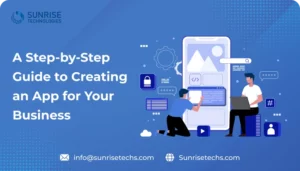

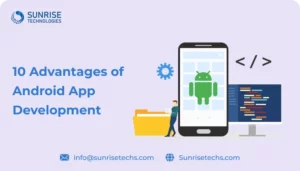
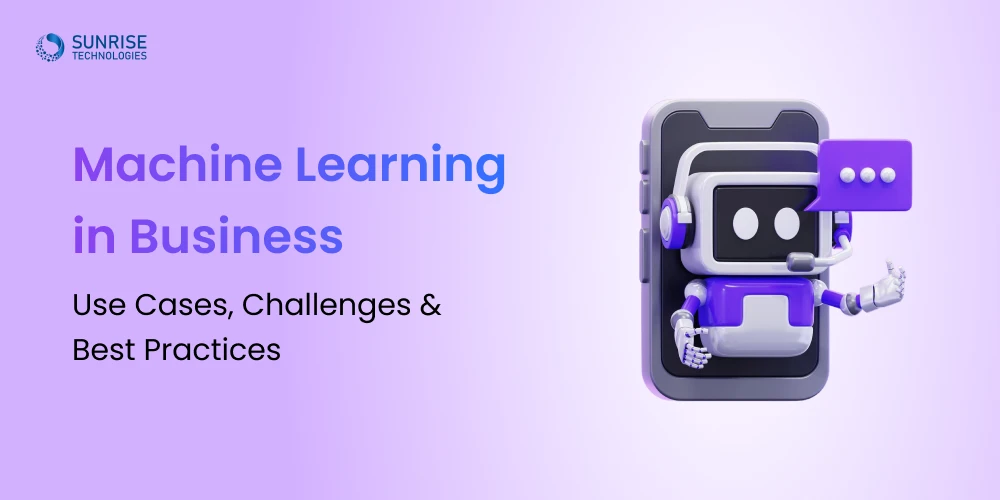
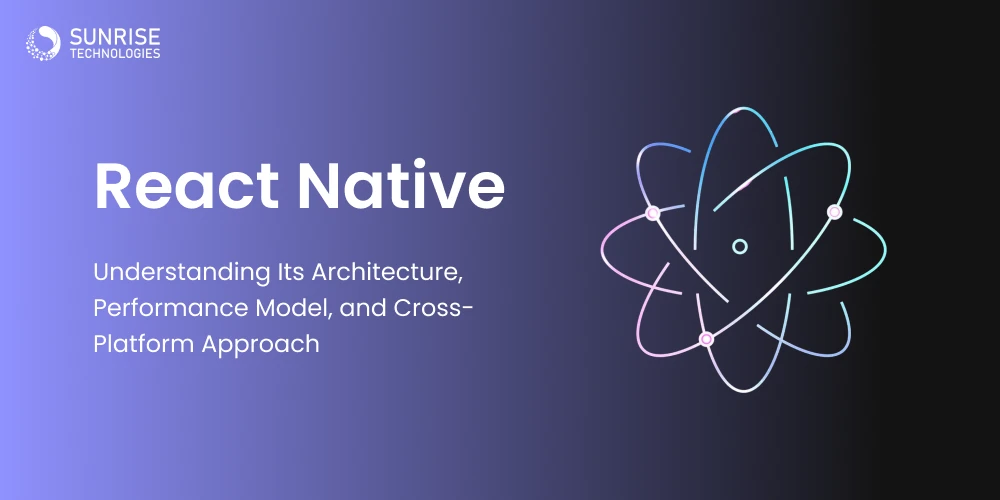
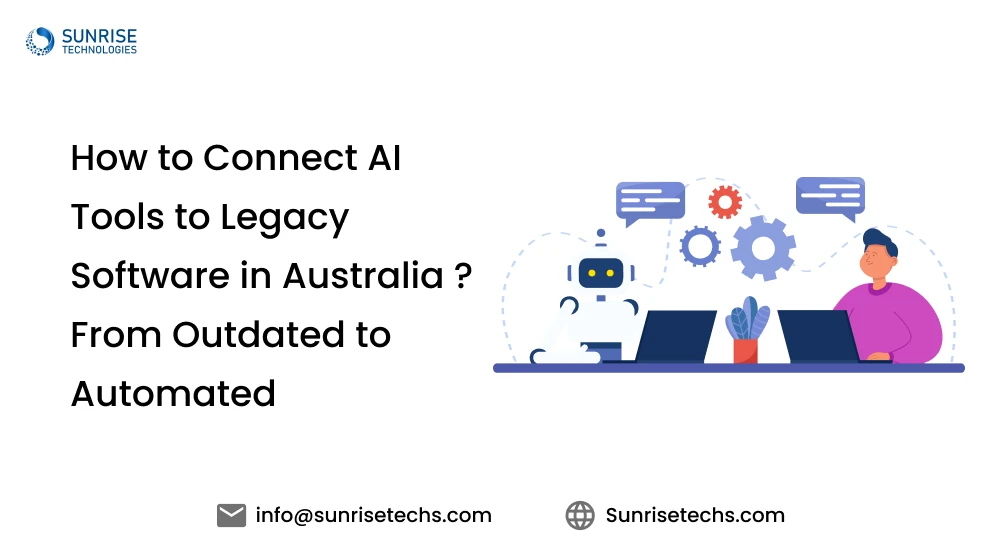
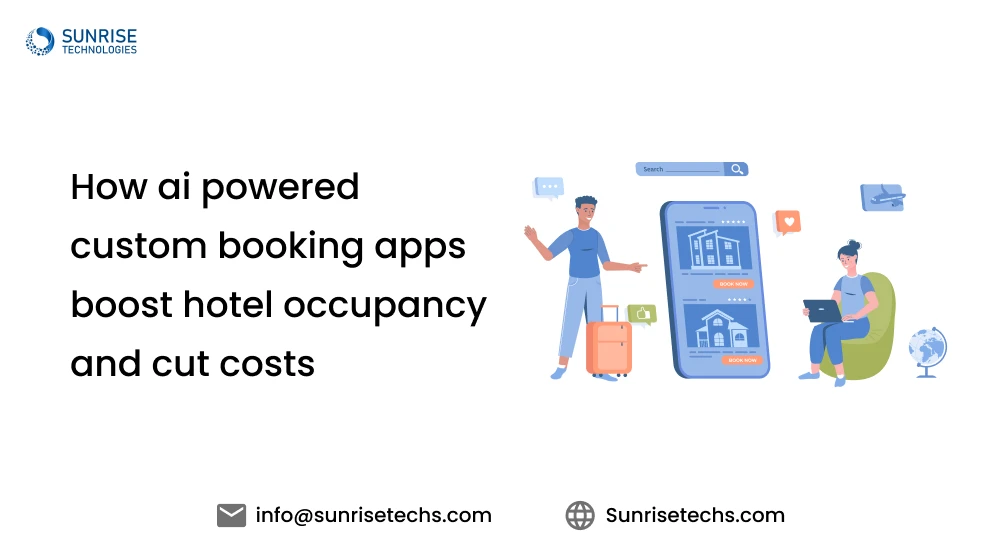
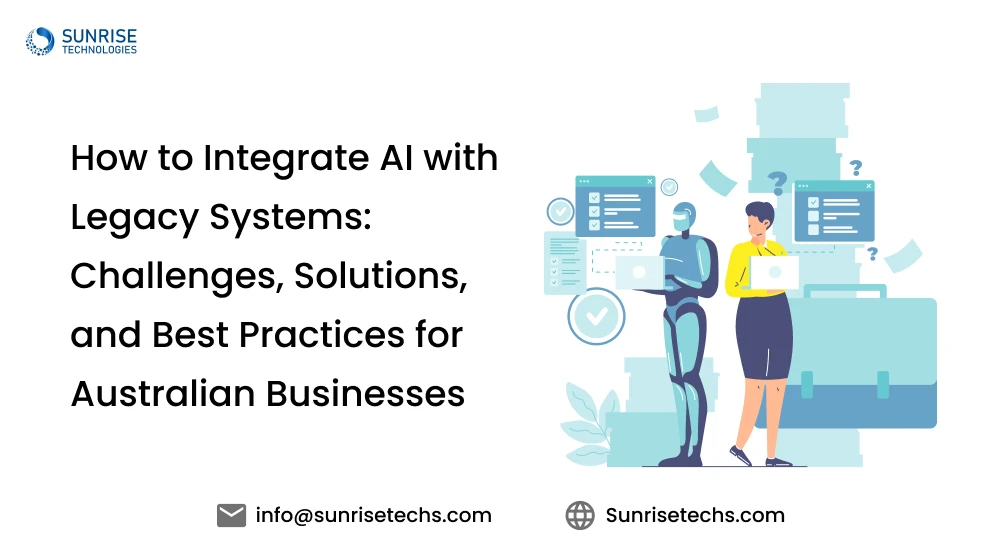

Cloud Based Project Management Platform
Read the challenges we faced and how we helped
View Case Study










